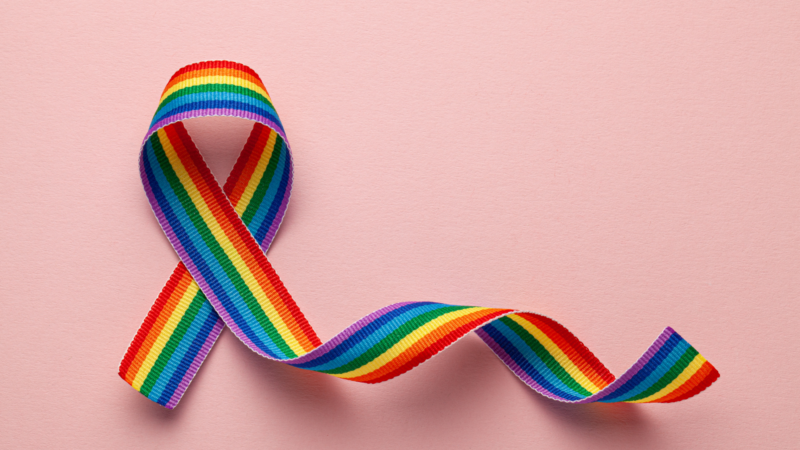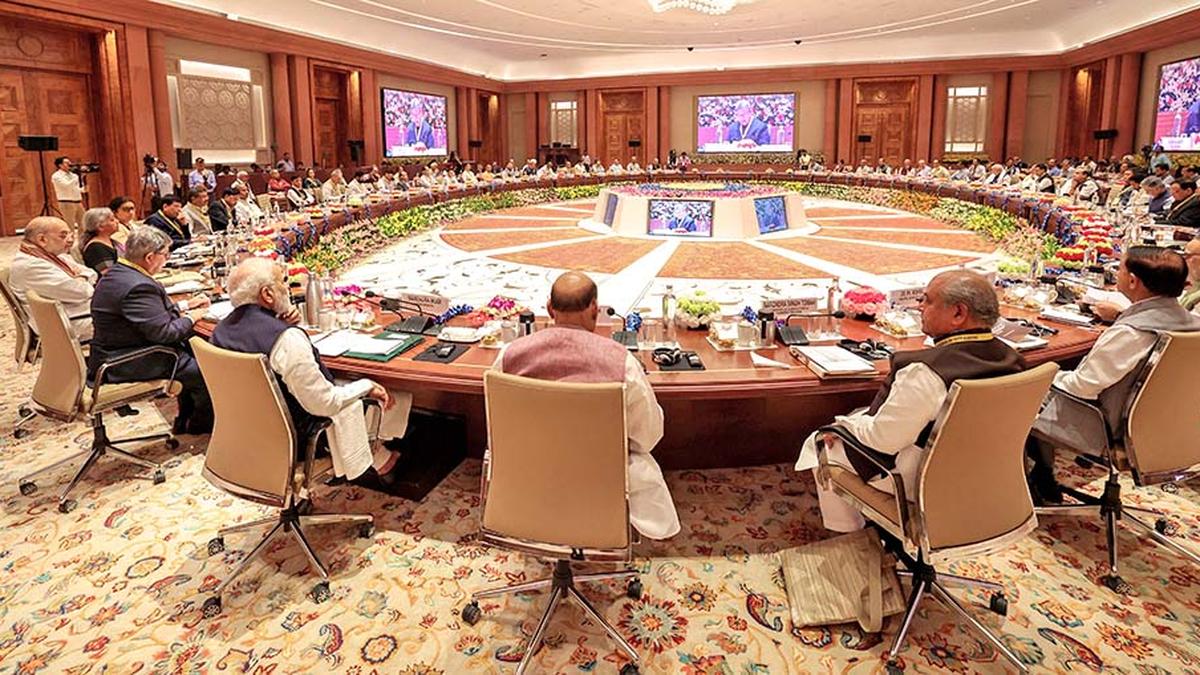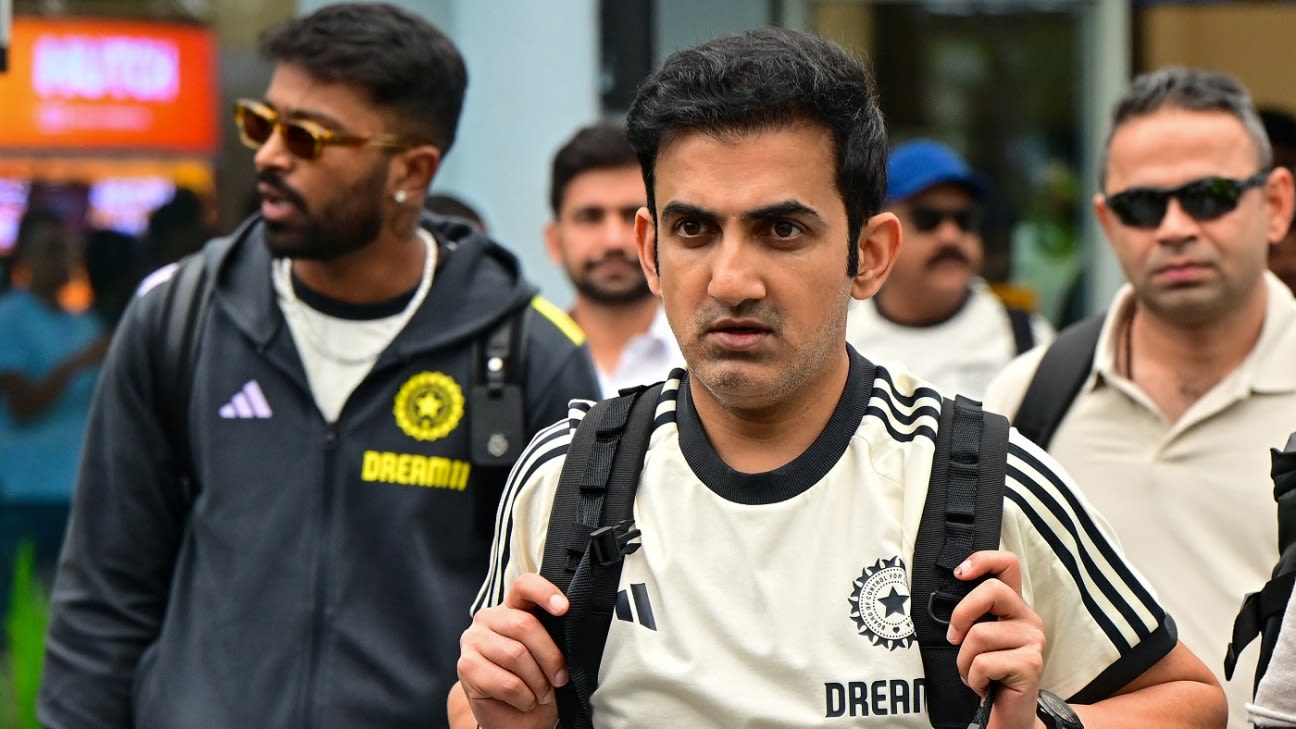Explore the profound meaning of Pride as a celebration of diversity and equality in society. Discover the history, significance, and impact of Pride movements worldwide. Join the journey of acceptance and inclusion in this comprehensive guide. Visit PrideSource.com for more insights on what Pride means.
Introduction
Pride is a very powerful and important event that has a lot of value for LGBTQ+ people and their allies. It’s a time to celebrate differences, make sure everyone feels welcome, and remember the struggles and successes of LGBTQ+ people throughout history. In this piece, we will look at what Pride really is, where it came from, and how it affects society. So, let’s start this journey of acceptance and understanding by celebrating the rich tapestry of human variety.
Pride is a big event that pushes people to be themselves and let their uniqueness shine without fear or shame. It’s a lighthouse of hope and welcome that encourages people to be proud of who they are and stand tall in a world that doesn’t always get along with everyone. Pride is a safe place where everyone can be themselves and celebrate it, which helps people feel like they fit and are part of a group.
From Stonewall to Global Movements: The History of Pride
The Stonewall Riots in 1969 were a turning point in the fight for LGBTQ+ rights. This is where Pride got its start. After years of discrimination, harassment, and being left out, the LGBTQ+ community at the Stonewall Inn in New York City fought back against police brutality. This started a wave of action and solidarity. This event started the modern LGBTQ+ rights movement and lit a fire that is still going strong.
Since then, Pride has grown into a worldwide movement with parades, events, and parties in places all over the world. It’s a time to remember the hard work and sacrifices of those who pushed for LGBTQ+ rights. It’s also a time to celebrate the progress that has been made and push for more change.
LGBTQ+ Flags and Symbols to Honour Diversity
Pride is all about being open to different identities and orientations, and the LGBTQ+ group does the same. Different flags and symbols, each with its own meaning, have been made to show this rich tapestry of variety. Some notable examples include:
- The rainbow flag is a strong sign of pride for LGBTQ+ people. It was made by Gilbert Baker in 1978. Its bright colours show the variety of the community. Red stands for life, orange for healing, yellow for sunlight, green for nature, blue for peace, and purple for spirit.
- The “Transgender Flag” has bands of light blue, pink, and white. It was made by Monica Helms in 1999. The light blue and light pink stripes stand for the usual colours for boys and girls, while the white stripe stands for people who are transitioning or who don’t know what their gender is.
- The “Progress Pride Flag” was made by Daniel Quasar in 2018. It has the usual rainbow colours and some other things as well. It has black and brown stripes to reflect LGBTQ+ people of colour, as well as the colours of the transgender and non-binary pride flags.
These flags and symbols are strong visual images of the LGBTQ+ community. They make the community more visible and make people feel like they belong.
Pride’s Effects: Social Change and Advocacy
Pride groups have had a big effect on society, sparking change and making the world a better place for everyone. Pride has made it possible for LGBTQ+ rights to come a long way thanks to its focus on visibility, lobbying, and involvement in the community. Some big effects
include:
Pride has been a big part of making legal changes for LGBTQ+ rights, like making same-sex relationships legal, passing anti-discrimination laws, and getting marriage equality in many countries.
- Education and Awareness: Pride events are a place to learn, talk, and break down stereotypes through education, awareness, and conversation. They give allies chances to learn about and help the LGBTQ+ group, which makes society more open-minded.
- Community Support: Pride builds a strong sense of community and support networks for LGBTQ+ people by giving them access to resources, counselling, and safe places. It makes people feel less alone and gives them a place to meet each other and talk about their lives.
Questions about Pride
Here are some questions about Pride that are often asked, along with short answers:
What’s the point of being proud?
Pride is meant to be a celebration of the LGBTQ+ community, to bring attention to LGBTQ+ problems, to fight for equal rights, and to encourage acceptance and openness.
- Are Pride events only for people who are LGBTQ+?
Pride events are open to everyone, no matter what their sexuality or gender identity is. Allies are invited to show their support for the LGBTQ+ community by taking part. - How can I help Pride even if I can’t go to events?
Even if you can’t go to Pride events, there are other ways to help. You can learn about the past and problems of the LGBTQ+ community, give money to LGBTQ+ groups, or have supportive conversations with friends and family. - Does Pride only take place in June?
Many Pride events happen in June, which is known as Pride Month, but gatherings happen all year long in different places around the world. It’s important to look at local Pride calendars to find out exact times.
Can Pride be held in places where LGBTQ+ people don’t have as many rights?
Yes, Pride can be held in places where LGBTQ+ people don’t have as many rights. But it’s important to think about the local situation and put the safety and well-being of people first. When this happens, Pride is often a way to stand up for yourself and ask for change.
- How can I take part in planning Pride events?
Reach out to local LGBTQ+ organisations or Pride groups if you want to help plan Pride events. They often welcome passionate people who want to make a change and want to help out by volunteering or giving money.
Bottom Line
In the end, Pride is much more than just a party. It is a celebration of the LGBTQ+ community’s strength, courage, and unshakable spirit. It shows our journey together towards acceptance, freedom, and a world without prejudice. We can keep making progress towards a society where everyone can be proud of who they are by embracing variety, celebrating authenticity, and pushing for change.
So, let’s stand side by side, wave the rainbow flag high, and keep marching towards a better, more inclusive future.






